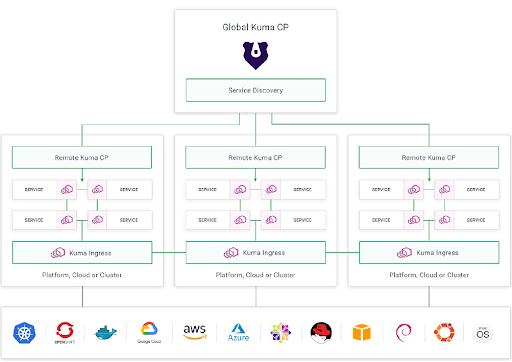Reasons to Use an API Gateway

Organizations are increasingly adopting microservices for the architectures inherent flexibility and scalability, but to fully realize the benefits of a microservices approach, you need an API gateway. A microservice -based system can consist of do
Building and Securing API Gateway Architecture

As with all content accessed over the internet, APIs and API gateways are vulnerable to myriad threats if not properly secured. Without appropriate authentication and authorization in place, your application can be accessed by anyone who cares to lo
What is Apache Kafka? Guide for Beginners

Apache Kafka is a distributed, fault-tolerant, high-throughput event-streaming platform. LinkedIn originally developed it to handle massive data pipelines. The Apache Software Foundation now maintains this open-source project. The Commit Log Mental
API Gateway vs. AI Gateway

The Gateway Evolution
An unoptimized AI inference endpoint can burn through thousands of dollars in minutes. This isn't hyperbole. It's the new reality of artificial intelligence operations. When GPT-4 processes thousands of tokens per request, tradi
Kong Event Gateway: Unifying APIs and Events in a Single API Platform

Kong customers include some of the most forward-thinking, tech-savvy organizations in the world. And while we’re proud to help them innovate through traditional APIs, the reality is that their ambitions don’t stop there. Increasingly, our customers a
Kong Gateway 3.9: Extended AI Support and Enhanced Security

Today we're excited to announce Kong Gateway 3.9! Since unveiling Kong Gateway 3.8 at API Summit 2024 just a few months ago, we’ve been busy making important updates and improvements to Kong Gateway. This release introduces new functionality arou
Federated Connectivity: Unlocking Data Silos with API Gateways

"The whole is more than the sum of its parts." Aristotle is credited with this quote, and it's true in the world of data. Legacy systems typically approached their role in a limited manner. Each system was intended to be used by a certain user set




